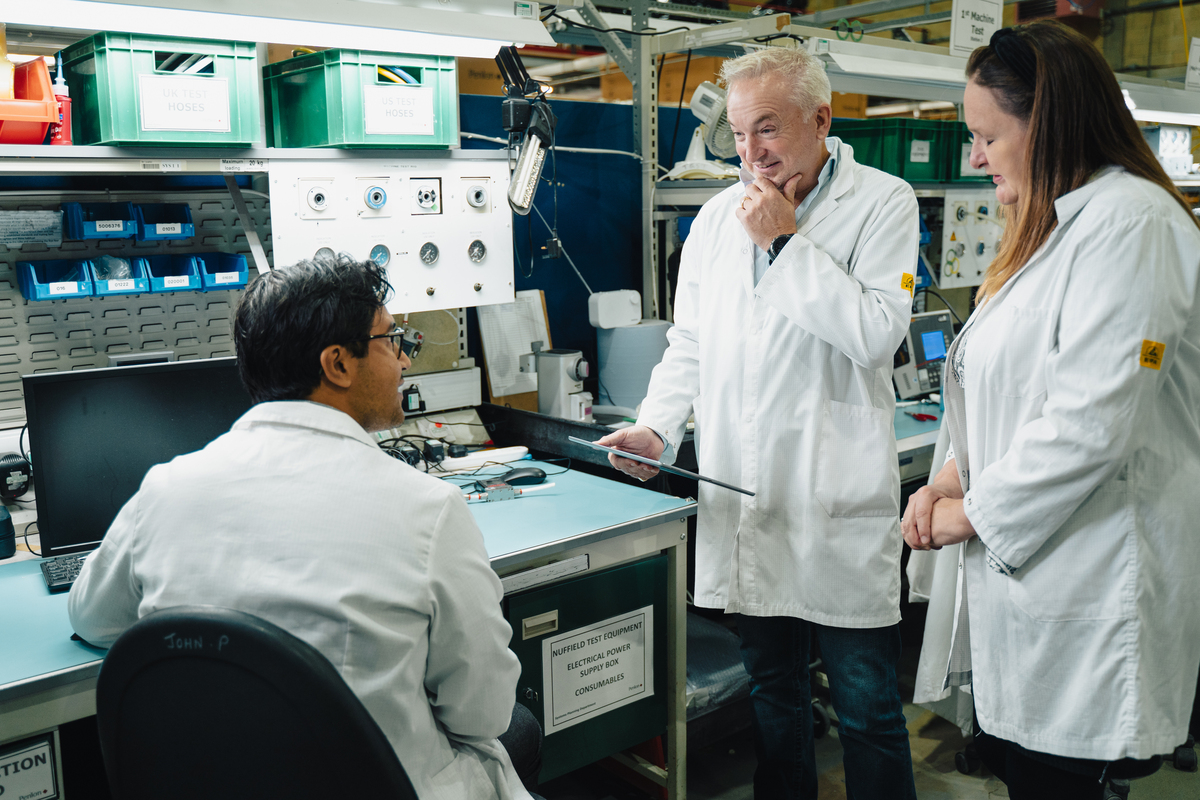
The High Cost of Quoting Certification, Standards and Testing
02.08.2023
-5 min

Software
LET'S TALK!
We offer software that makes you win big and ultimately gives you the work-life balance you deserve.

XaitPorter
Co-authoring and automation solution for complex documents

XaitCPQ
Quickly and accurately price combinations of interdependent products and services
XaitProposal
Guided proposal creation for comprehensive, winning proposals
XaitRFI
The smarter way to respond to RFIs, DDQs and security questionnaires
XaitWebProposal
The easiest way to create interactive and custom mini-websites

XaitAI
The X factor for analyzing and writing winning bids and proposals
Industry
OUR SOLUTIONS BY INDUSTRY
Do you have a question about your business vertical?
Resources
RESOURCES
Discover all our Xaiting resources!
About us
LET'S TALK
We can challenge mindsets and make significant changes to the way people interact

Paul Towne
02.08.2023
-5 min

How do you consistently create error-free, compliant and compelling quotes that drive revenue growth and reduce costs?
Quoting certification audits is complex and often time consuming. Individual Standards are challenging enough without adding the compliance risks associated with mandated calculations for audit days to retain accreditation. Multiply this across multiple prospect sites and locations, add in sampling, and then add in another scheme, and the complexity, and the chance of errors, and risk, grows exponentially. All before you even start looking at the price and profitability of the project.
How do you consistently create error-free, compliant and compelling quotes that drive revenue growth and reduce costs?
You ease and speed your sales process by capturing business rules and calculations in one system. And enable automation to deliver the efficiency, productivity and reduced risk that benefits your organization.
Correctly and consistently calculating audit days has always been a challenge. That’s why Certification Standards and Testing businesses have often relied on spreadsheets or in-house built systems. Unfortunately, both options introduce risk.
Can you reduce these risks?
Removing and mitigating these risks from quoting certification and standards audits will help management and stakeholders sleep easier.
One of the easiest ways to increase revenue is to make it easier for your sales team to quickly and consistently produce accurate, quality quotes that convert. Each quote that leaves revenue on the table is a lost opportunity. Each mistake drains profit. Manually checking or approving your quotes (a fair proportion of which never convert to orders) is time-consuming, demotivating and costly.
Is your team really motivated and helped to sell more?
Scaling and growing a business is difficult enough, but the certification industry has some unique challenges to address.
Do you have the right systems in place for success?
Removing these barriers to growth will enable your business to work smarter, and scale. Your employees will thank you for it too.
You’re in the business to help people and businesses maintain a standard of excellence, differentiate themselves and thrive. Remove sales barriers and reduce the costs, so that you can help even more businesses benefit from your services. Start creating compliant, error-free, proposals with a process that minimizes risk, optimizes revenue and scales for growth.

Paul Towne
Paul, has been entrusted with helping to grow the North American market for XaitCPQ. He has more than 15 years of successful experience as an entrepreneur and senior sales leader in technology and financial services. He enjoys almost any outdoor activity as well as extolling the virtues of vinyl compared to digital music with anyone who will listen. Paul is a graduate of the University of Massachusetts and lives in Boston with his wife and two kids whom they love dearly even though they regularly demolish their house, eat all of their food, and never let them sleep.

